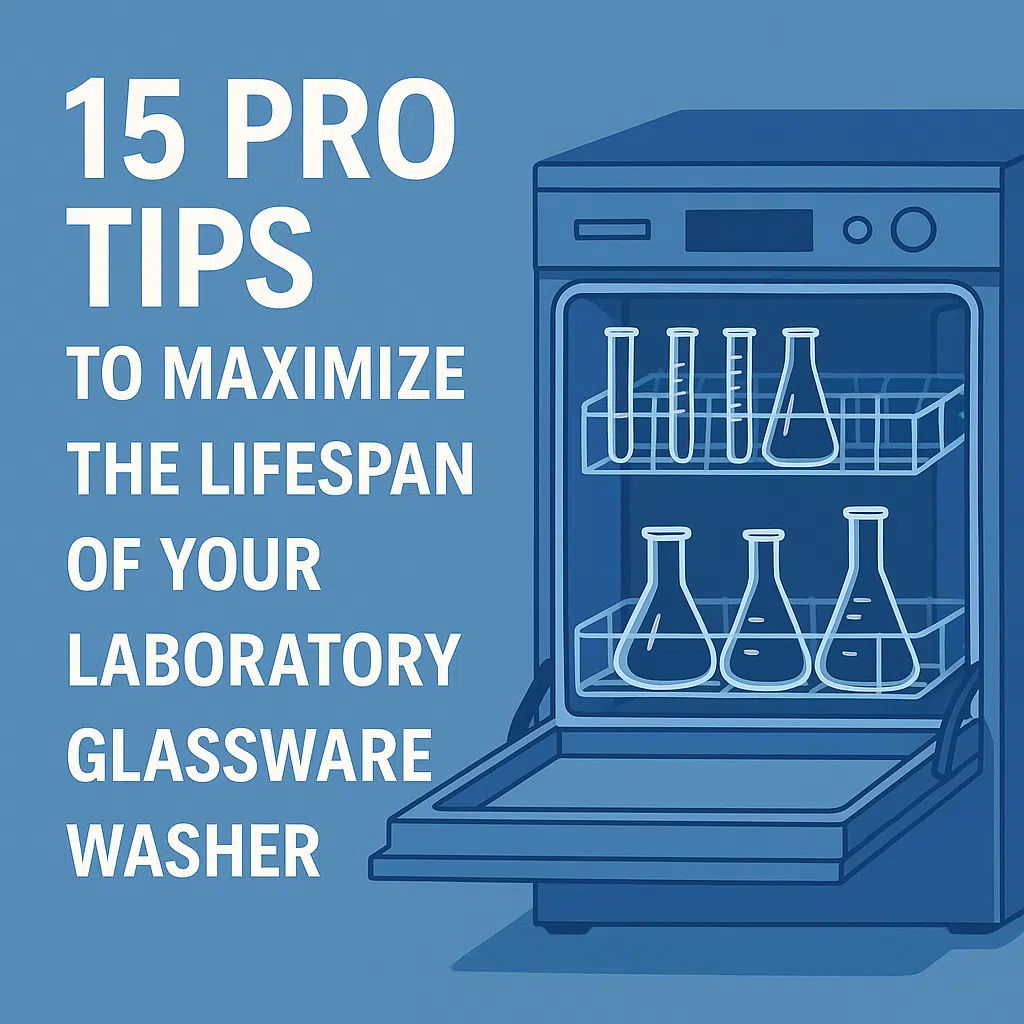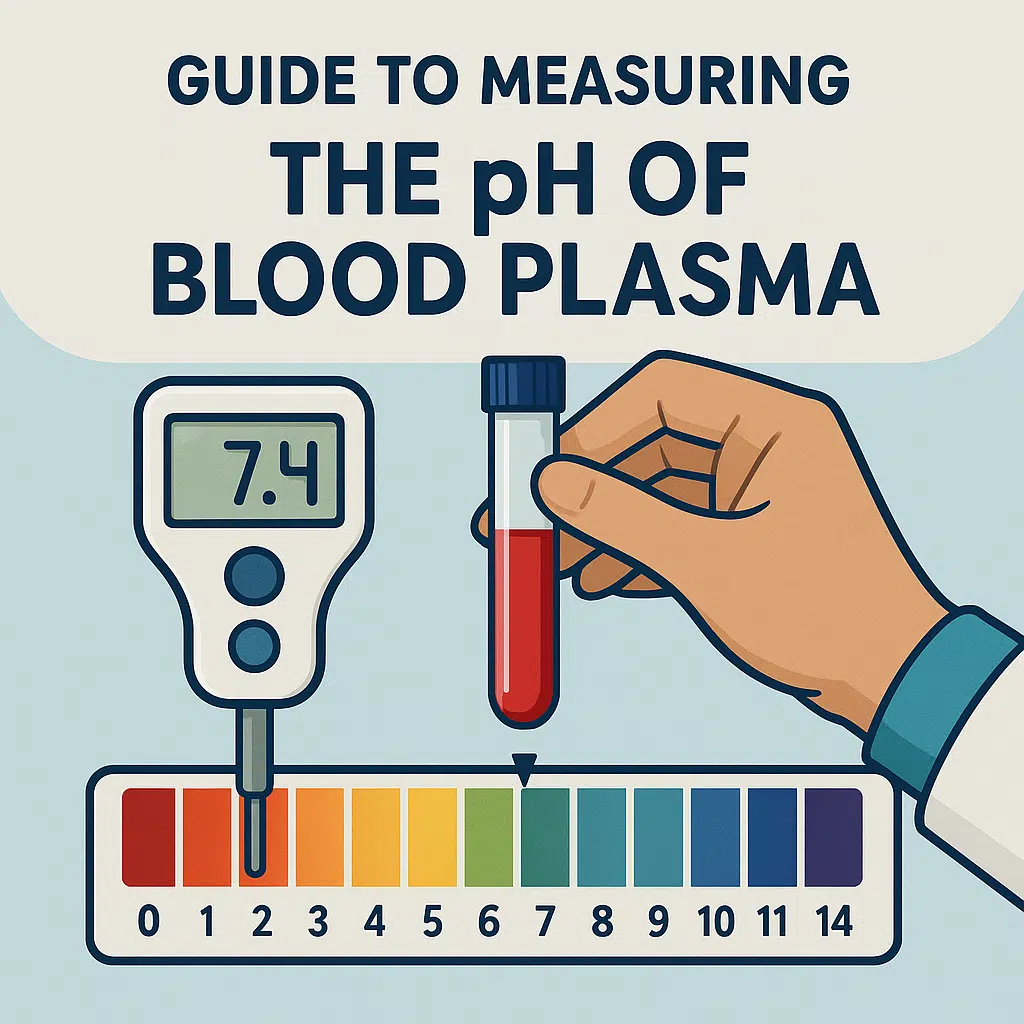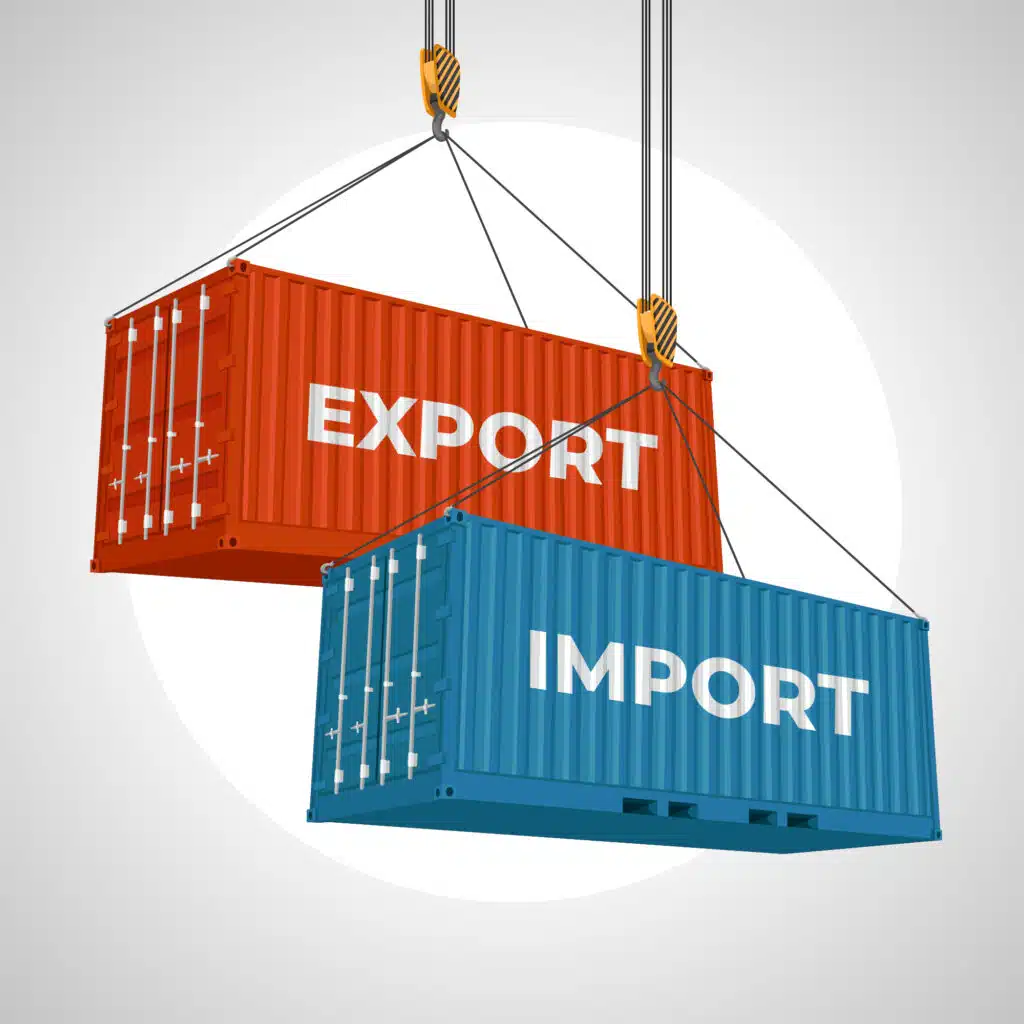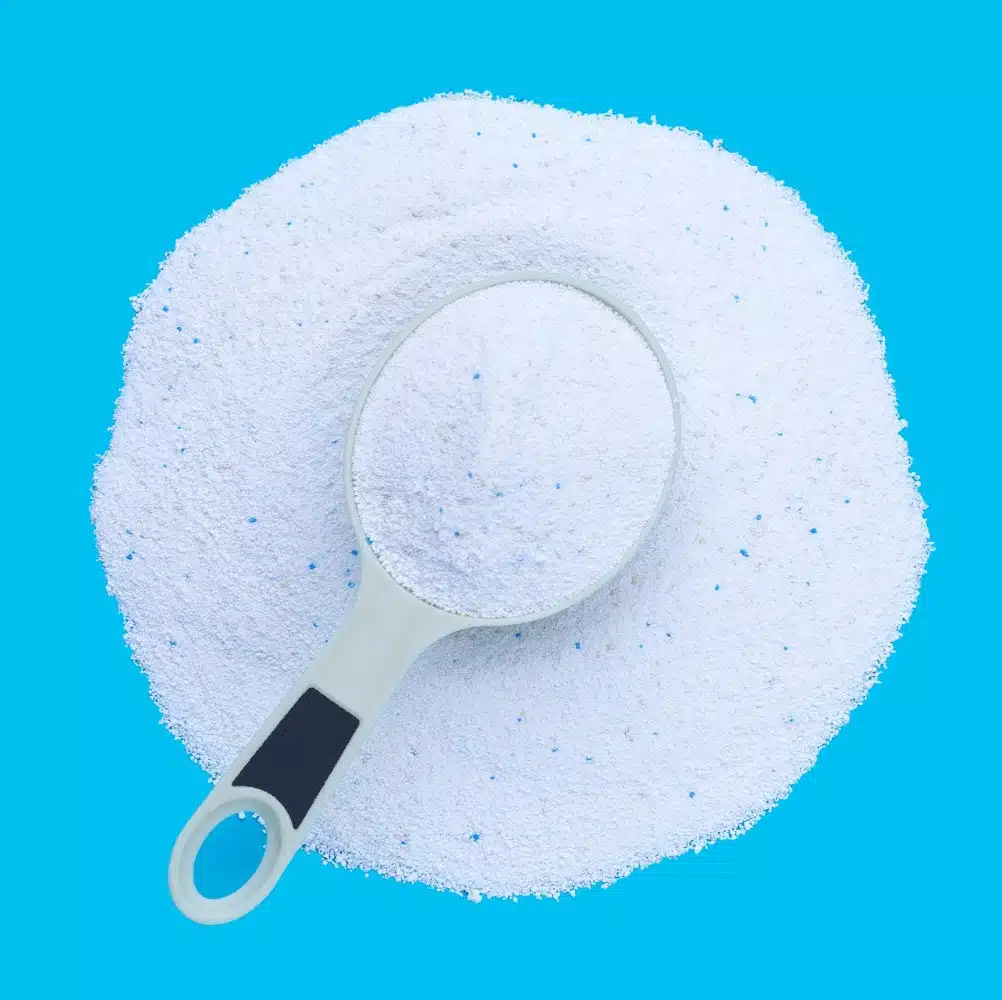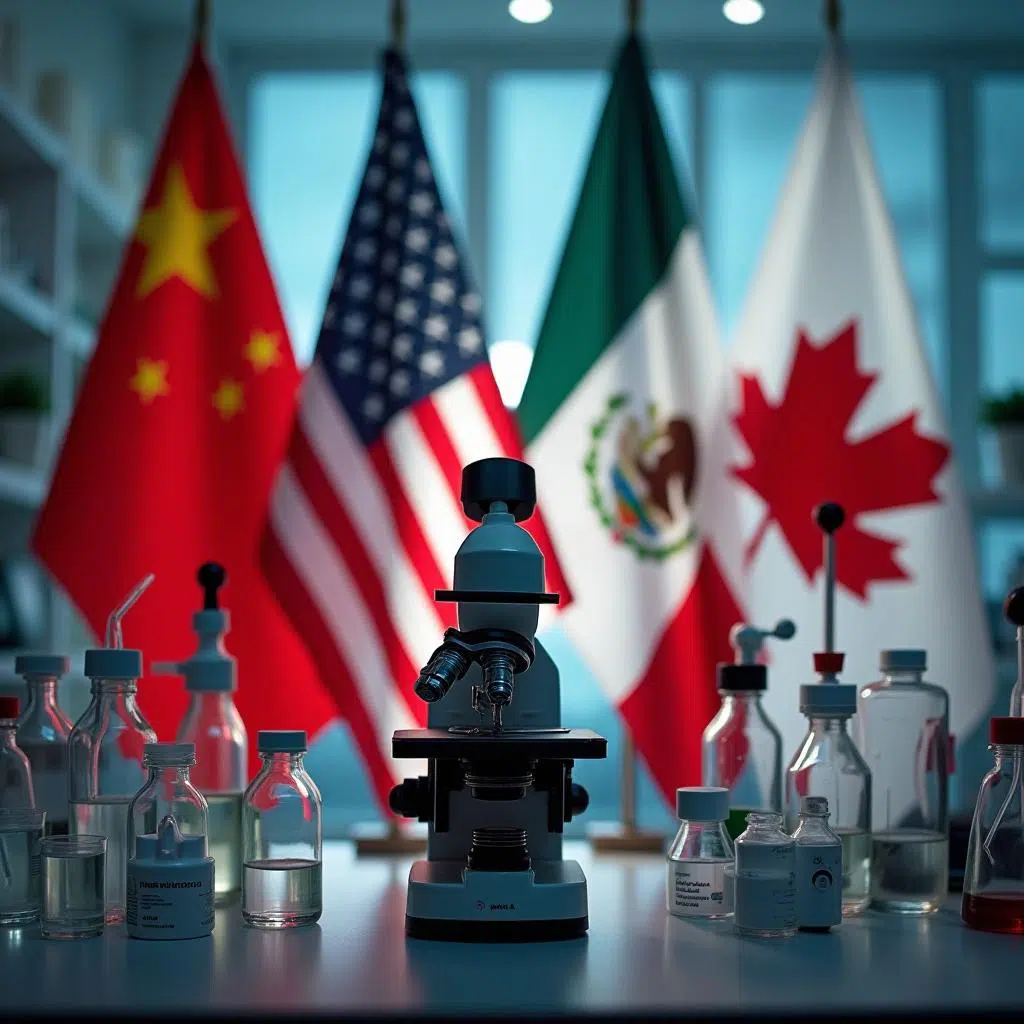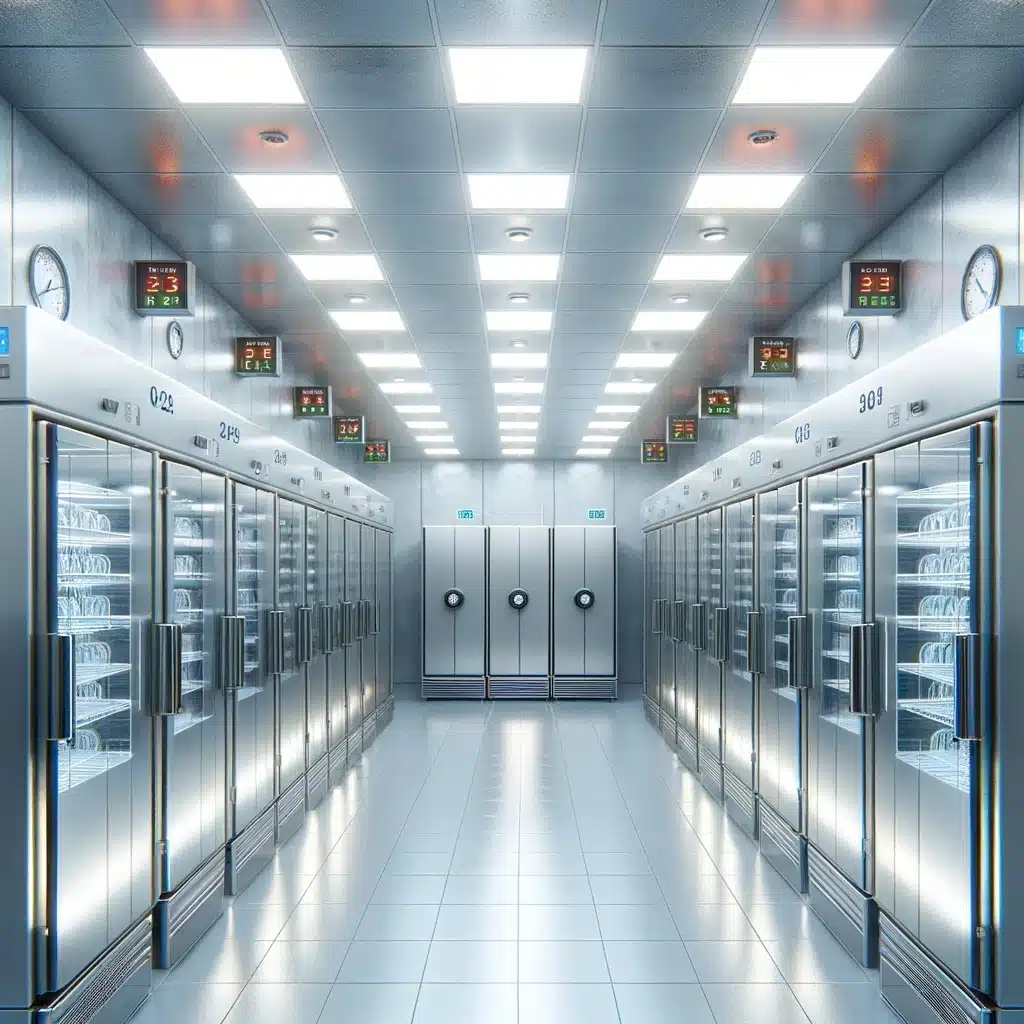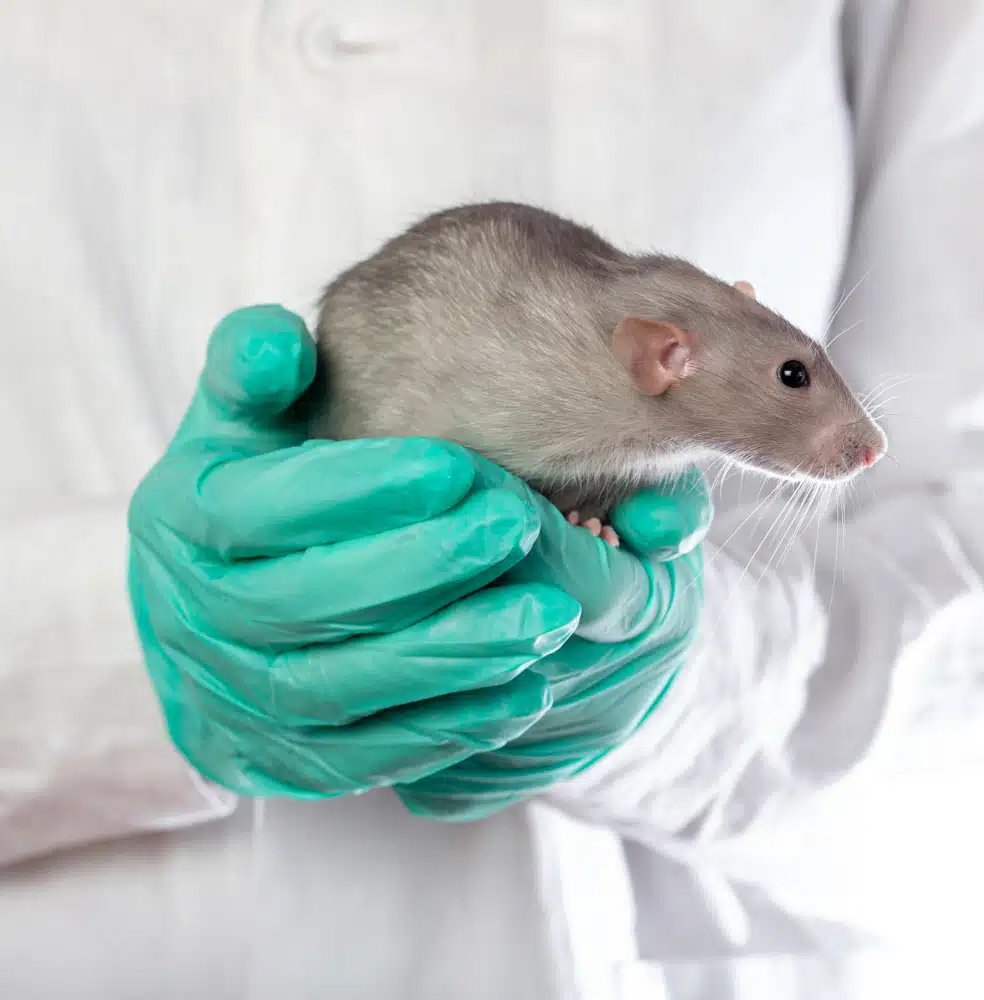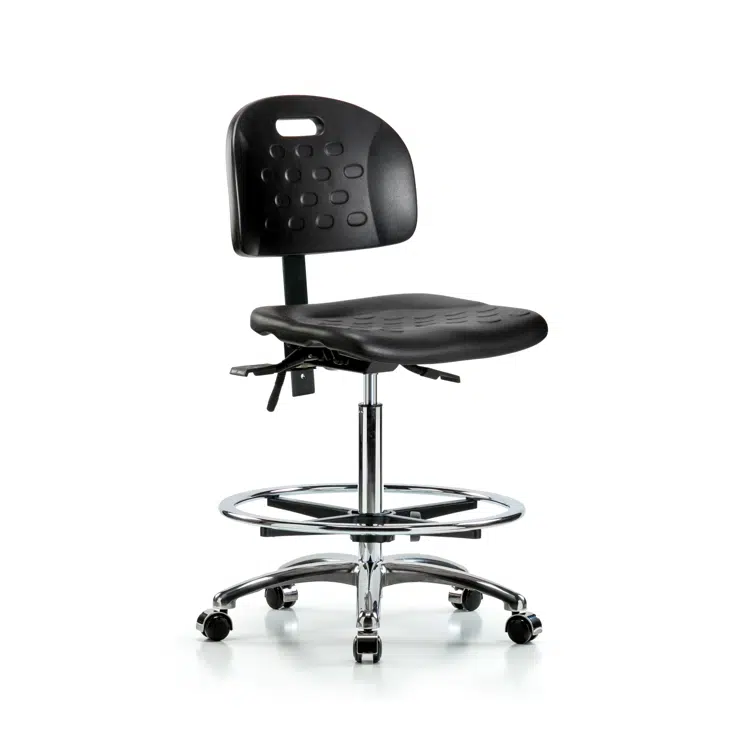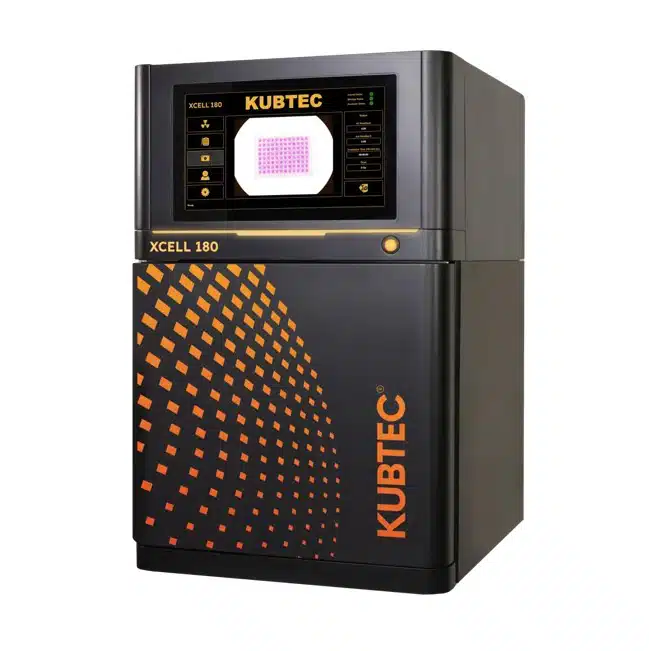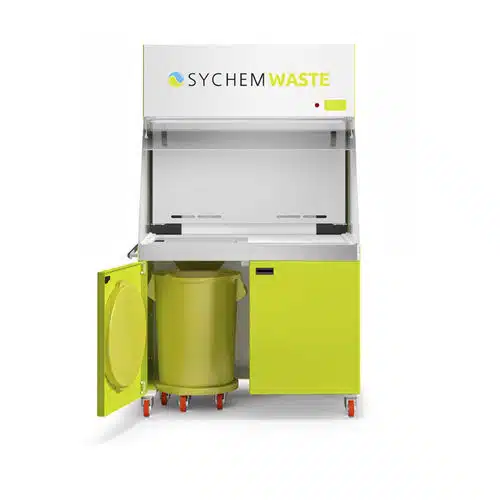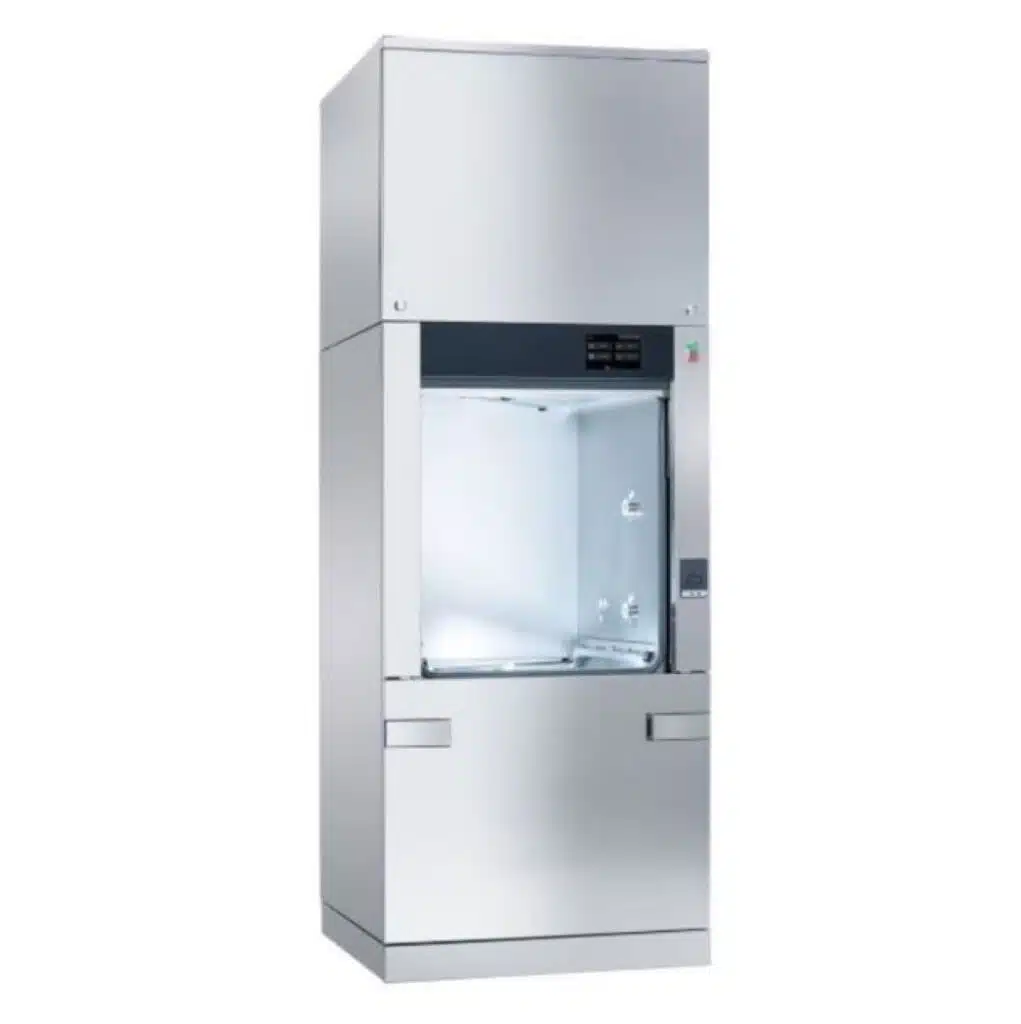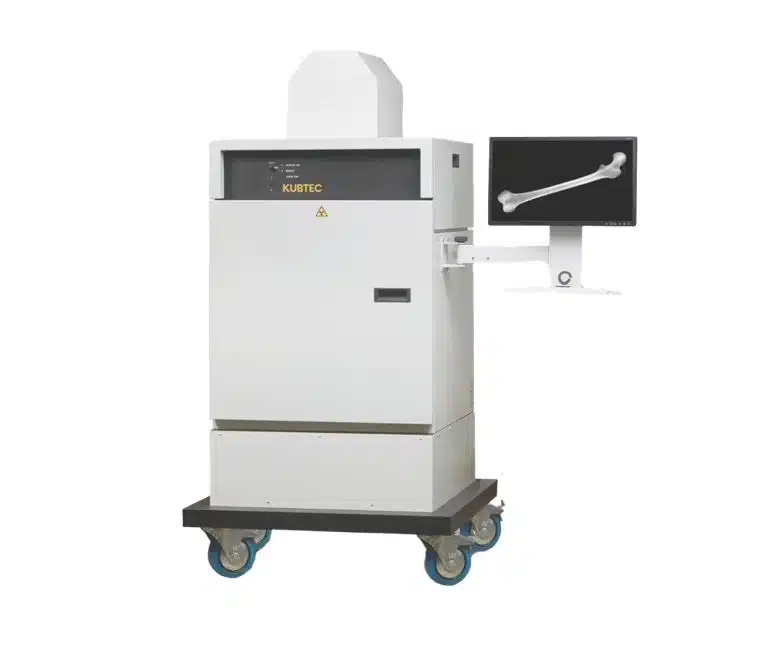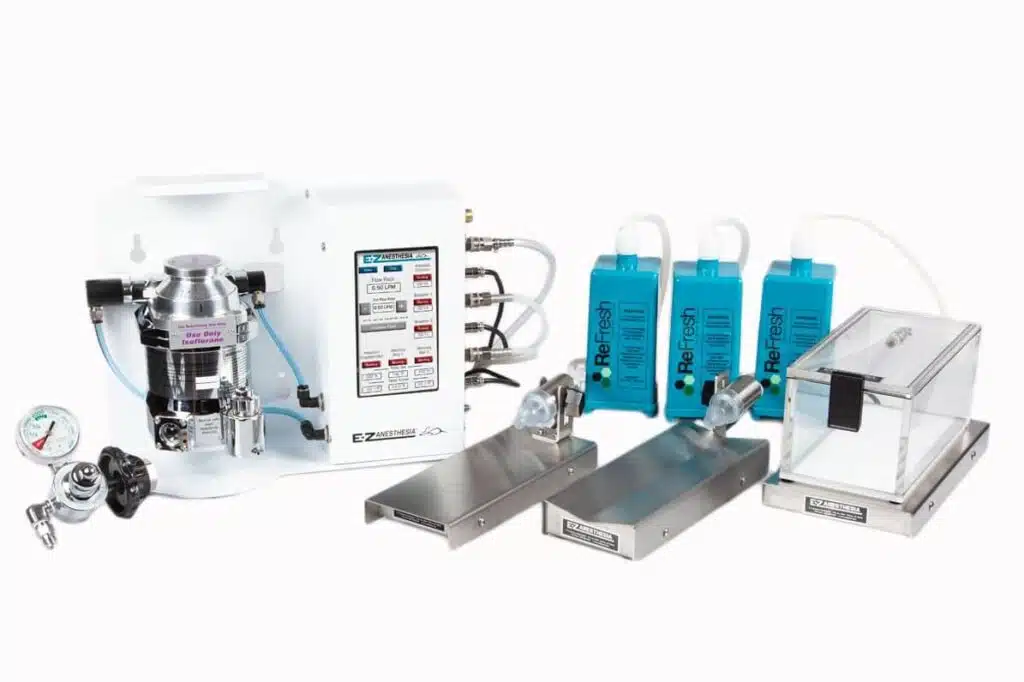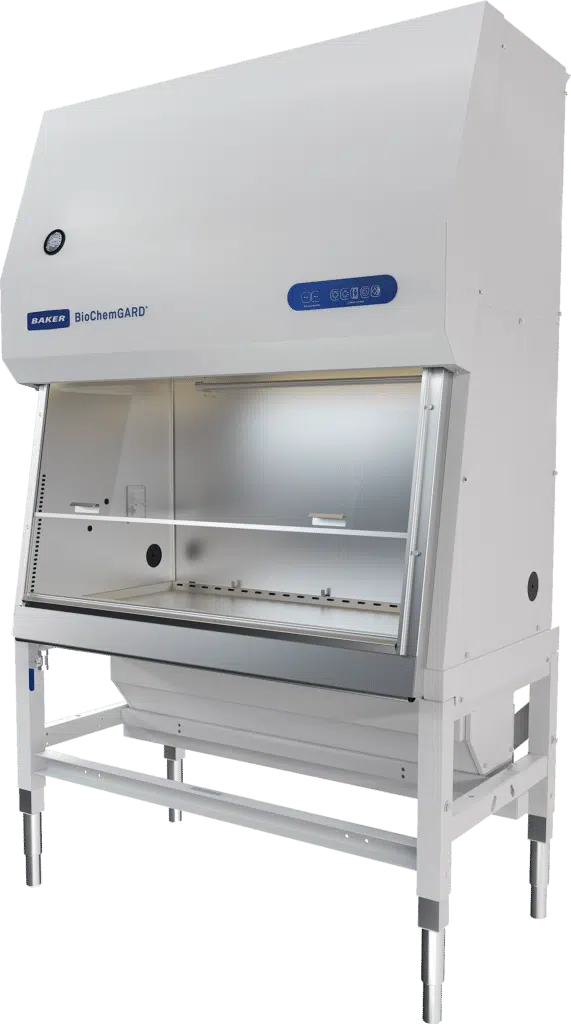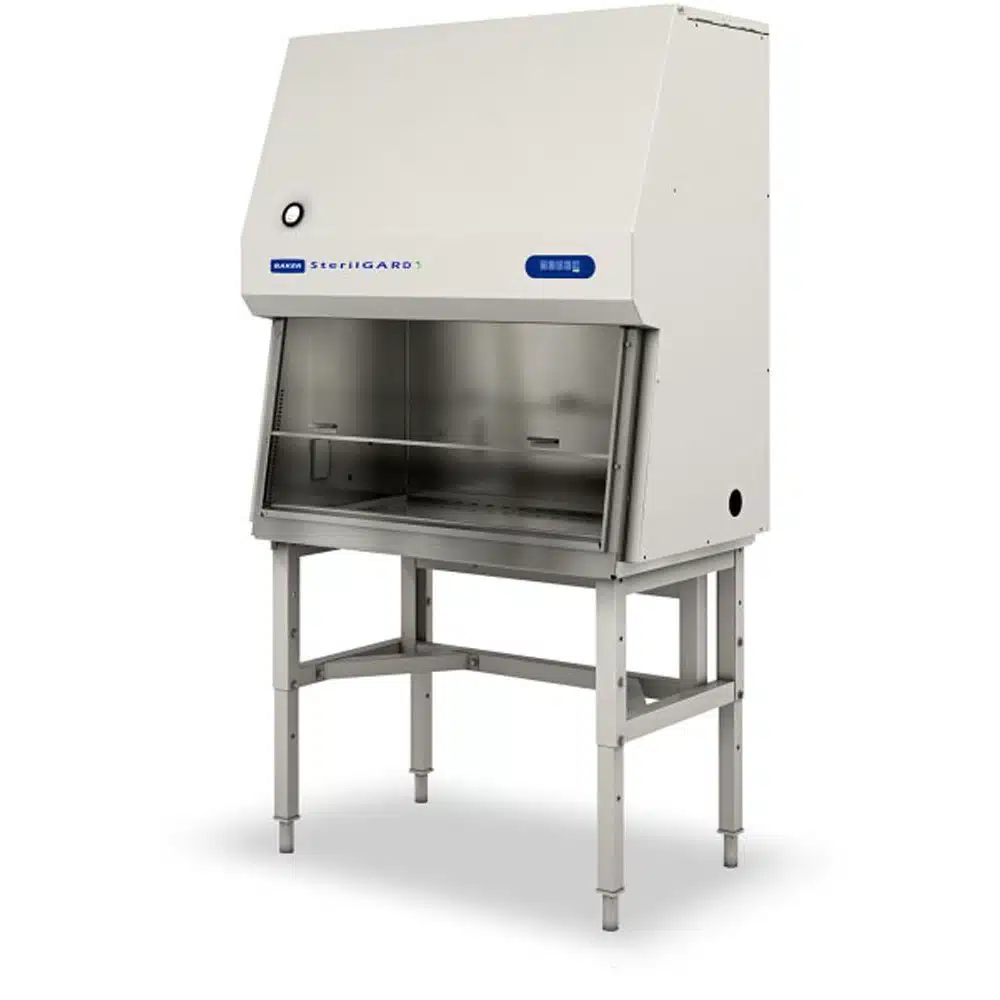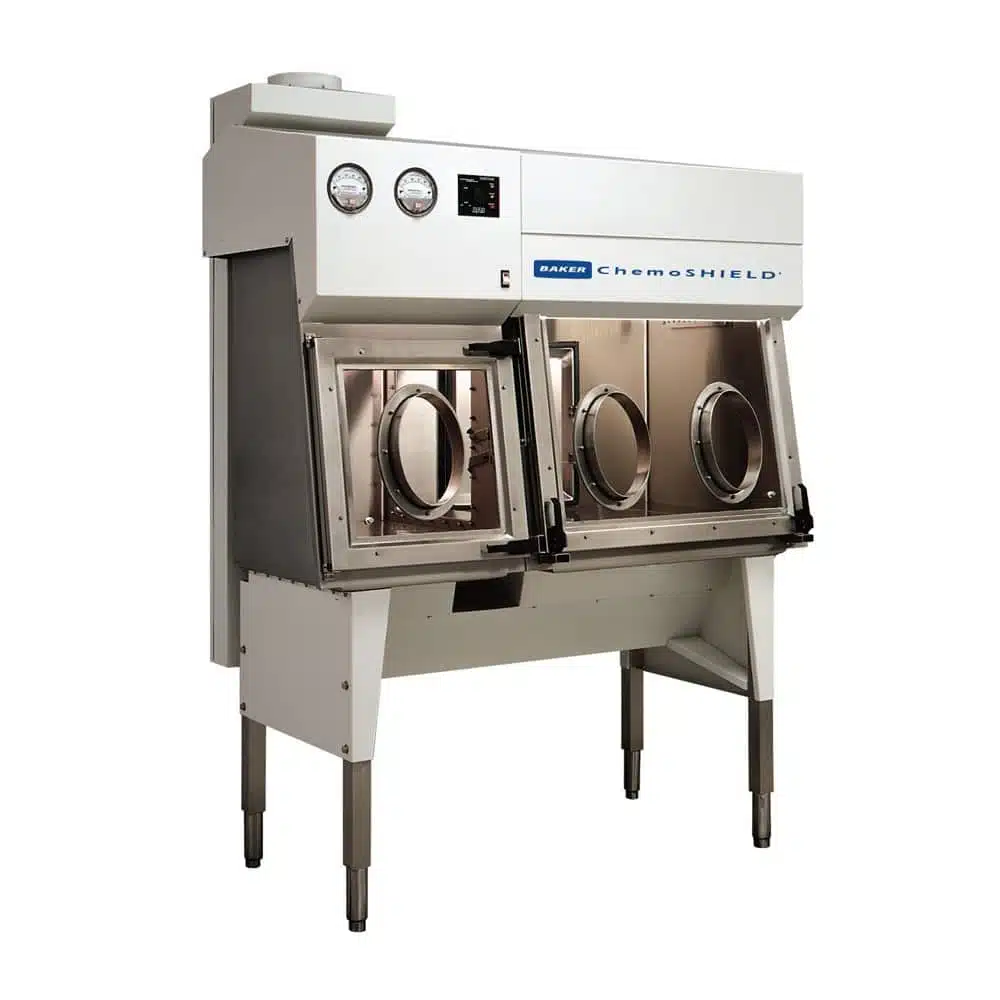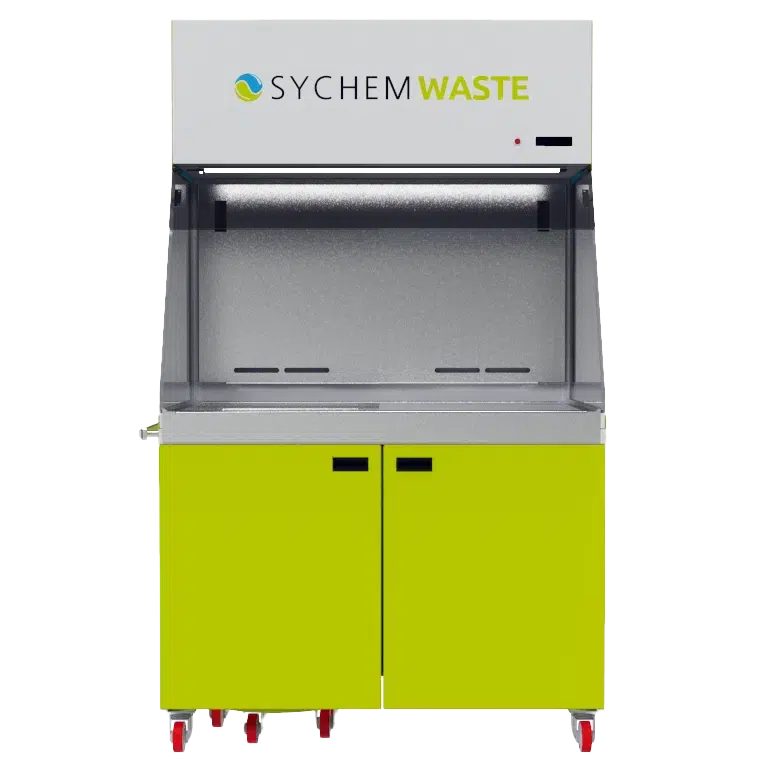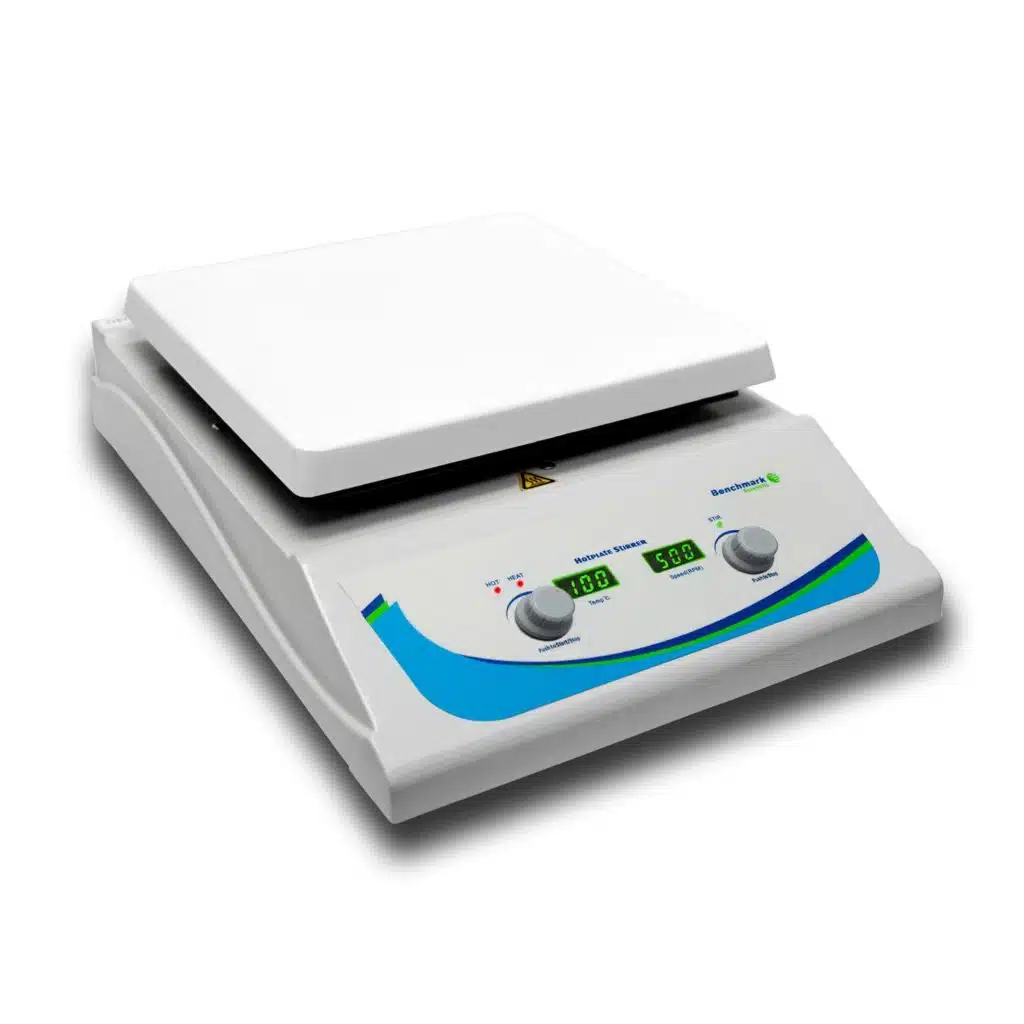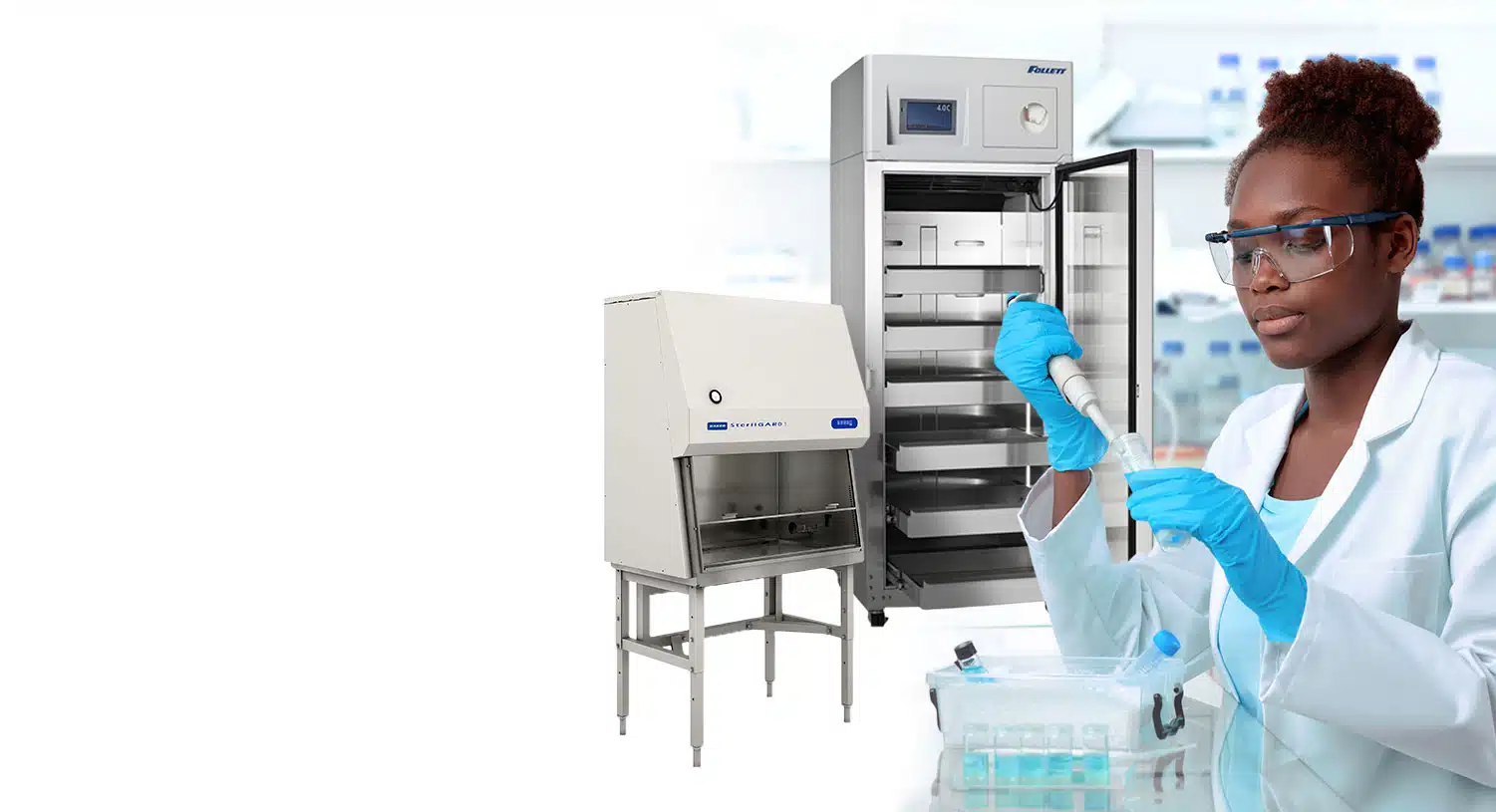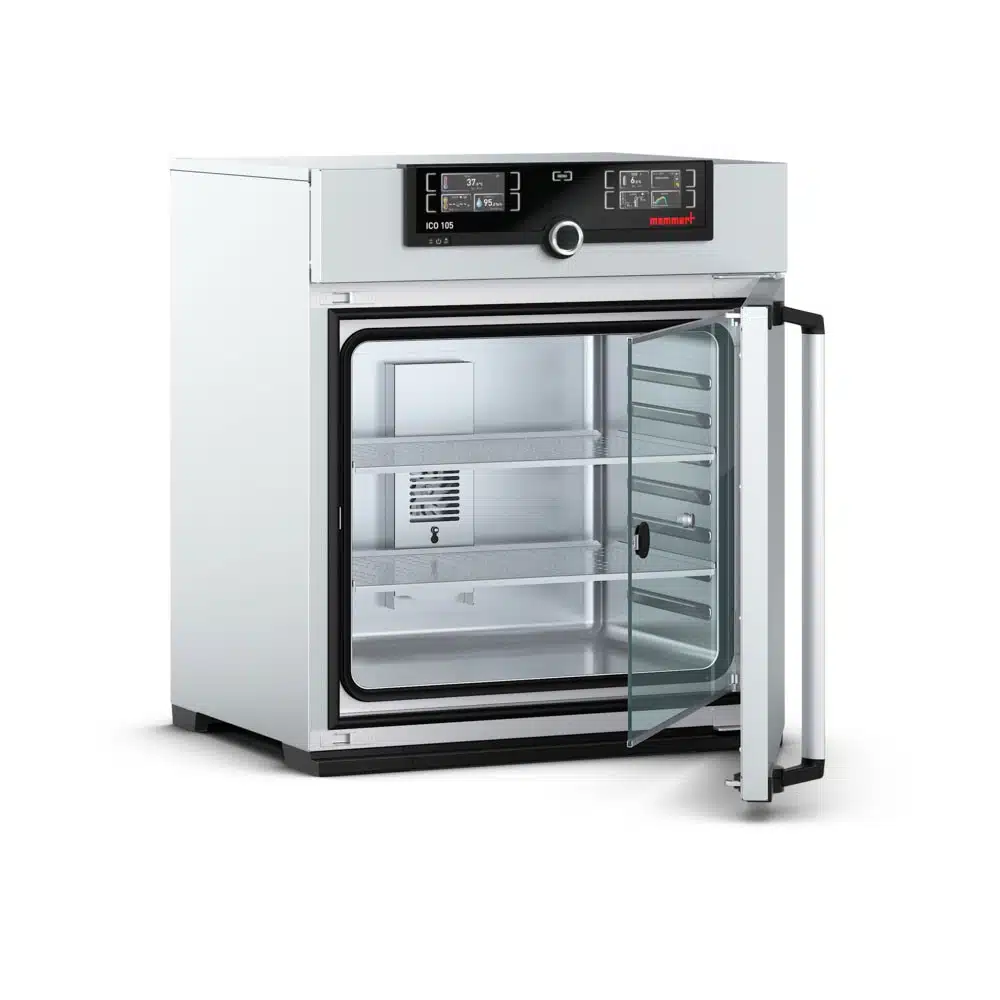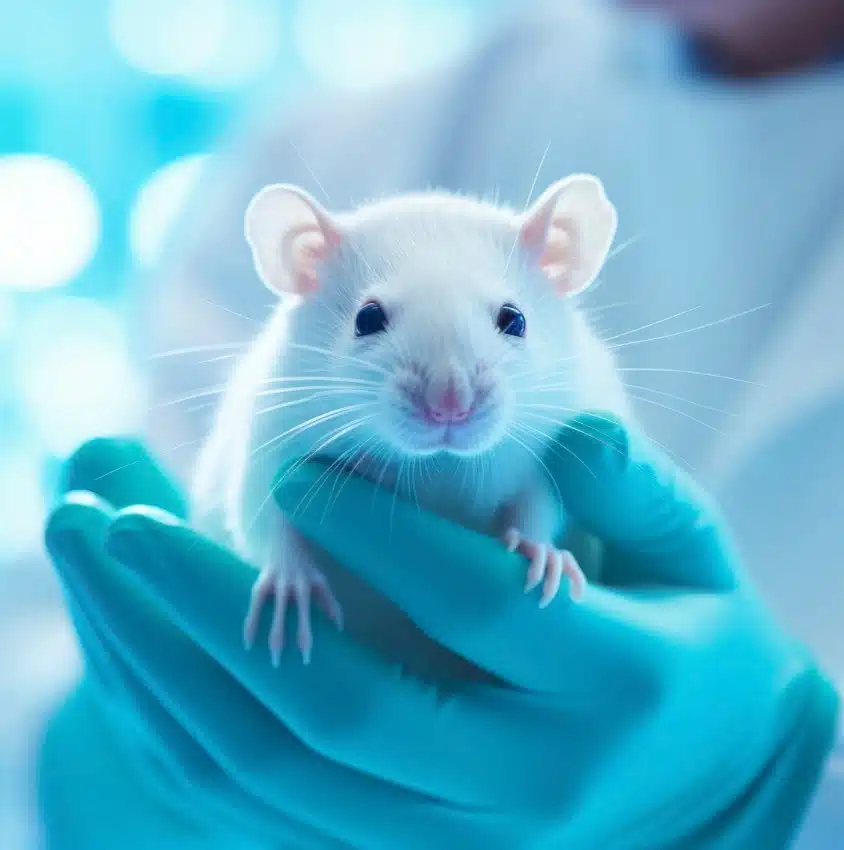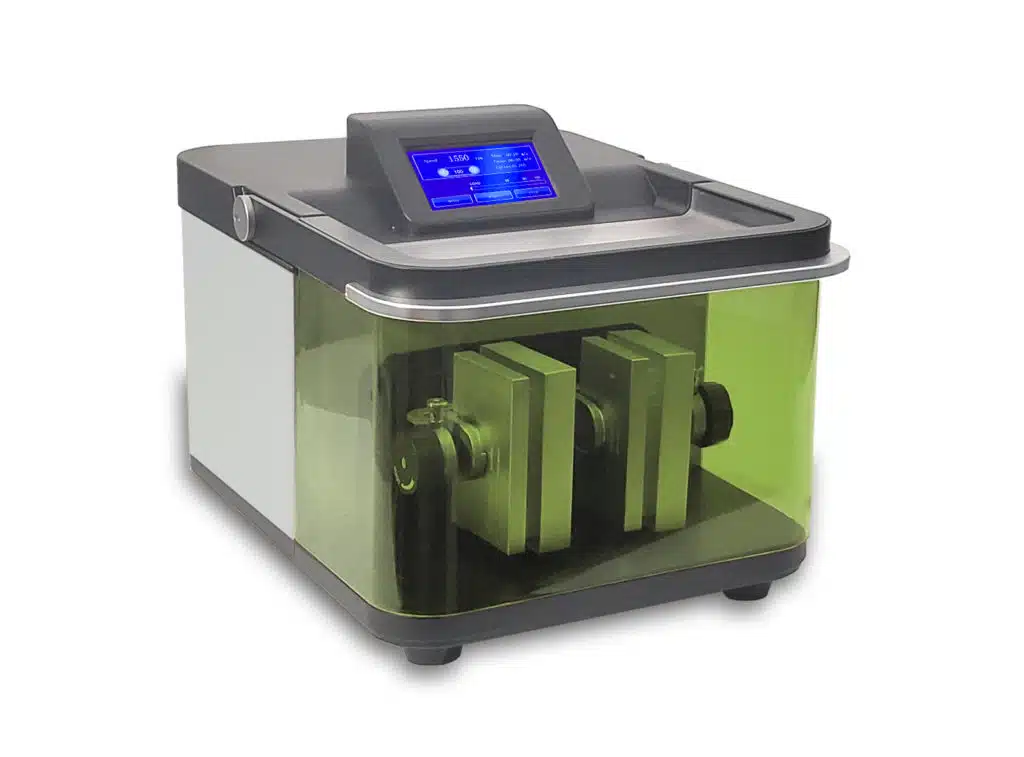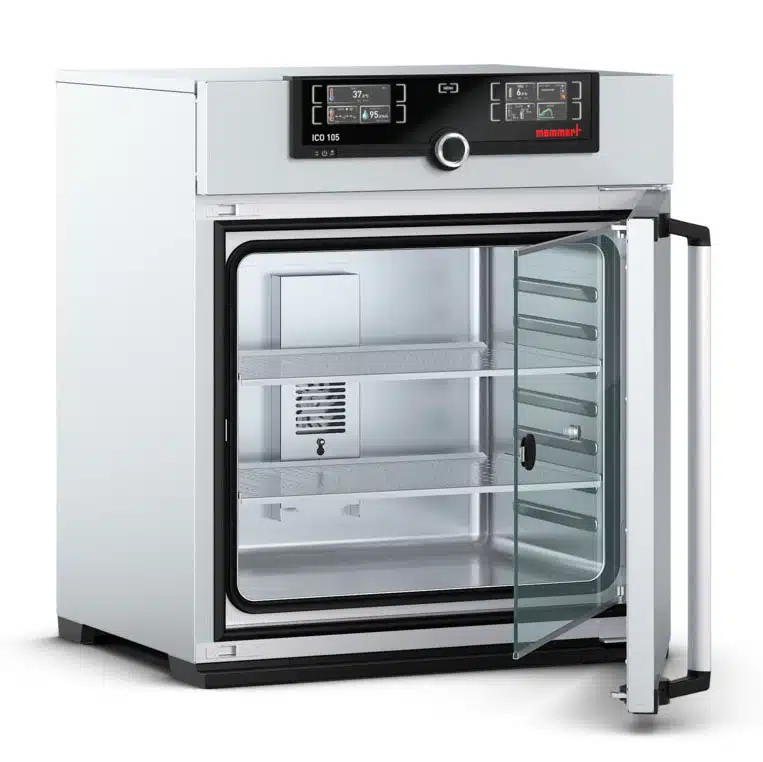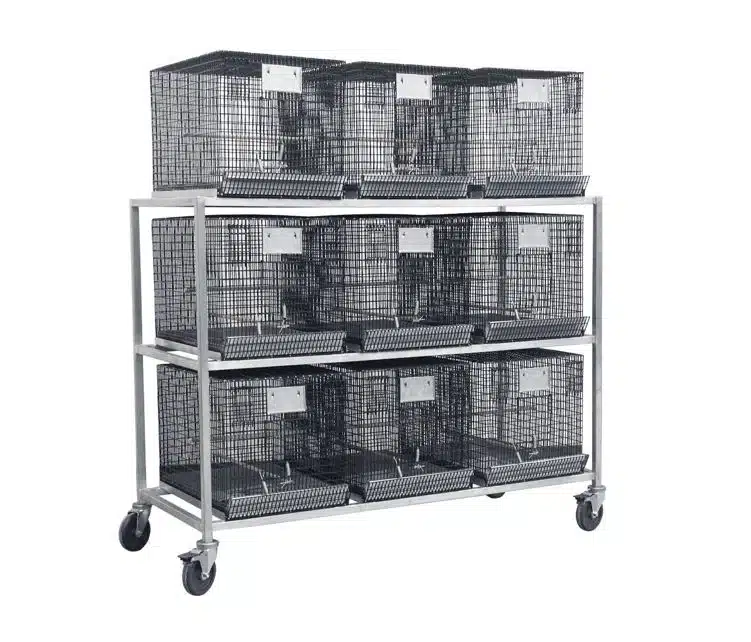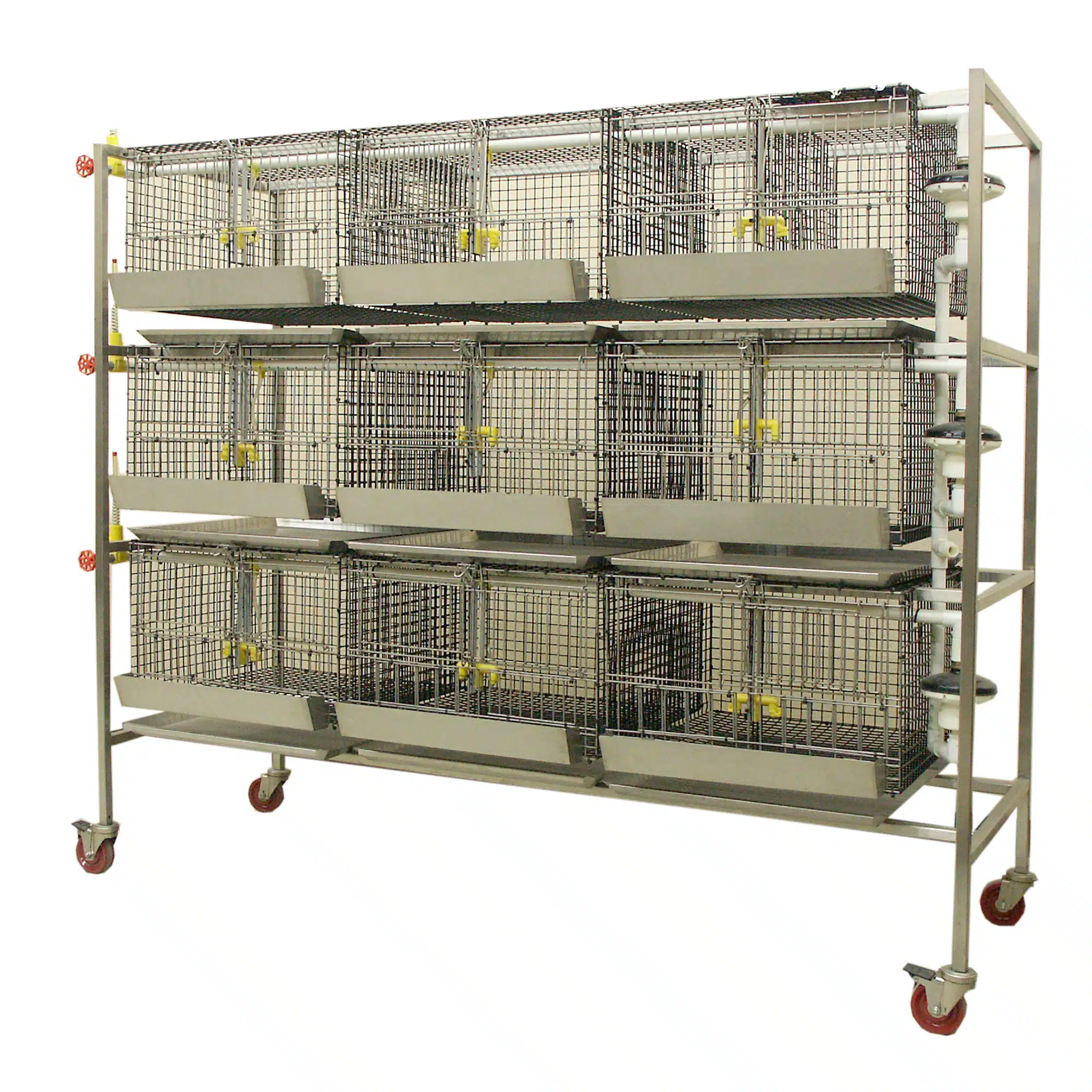Written By: Drew Kevorkian-President of ARES Scientific
Global supply chain problems are persistent in 2022. The COVID-19 pandemic and ensuing geopolitical chaos exposed certain frailties in supply chain management, with seemingly small problems cascading into much larger ones. Demand for goods remains high, largely equivocal to pre-pandemic levels, but supply remains an issue due to a host of factors from raw material scarcity to truck driver shortages. It would be impossible to account for these myriad challenges in any risk management assessment. But it is important to be aware of how supply chain issues are impacting the US market if you are planning to purchase equipment in 2022.
Global manufacturers of laboratory and medical equipment must face these realities as they continue to operate in the new global economic climate. If you are in the market for a new laboratory incubator, how might raw material shortages impact lead times on that unit? How might logistics delays affect the purchase of a new microplate reader? These are the sort of questions you must ask to ensure you are making the most informed business decision relating to the procurement of laboratory equipment and supplies.
Global laboratory equipment manufacturers have faced several compounding challenges resulting in severe delays to lab equipment delivery since the onset of the Covid-19 pandemic. These supply chain disruptions include the following:
-
Raw material shortages
-
Inflationary impact on raw material costs such as lumber, stainless steel, etc.
-
Labor shortages and temporary closures
-
Reduction in productivity efficiencies due to implementing Covid-19 safety measures within the workplace
-
Logistics delays related to slow movement of goods through ports
-
Shipping cost increase due to inflation of gas prices
-
Inability to source critical parts such as controls or other electronics
-
Temporary increased demand in specific sectors such as vaccine storage freezers
-
Demand “bubbles” related to the reopening of facilities that were closed for long periods
Many pieces of laboratory equipment are custom built and standard inventories are routinely kept to a minimum by manufacturers. The combined effect of these factors has manifested as increased lead-time or lack of availability and increased cost. It is yet to be determined if production quality will be impacted as manufacturers need to shift operations to accommodate these disruptions. Even a relatively standard unit like a pre-sized, under-counter lab freezer may require custom-designed microprocessors for temperature control; components that may suffer due to the ongoing, and well-documented, chip shortage.
The following is a list of recommendations for those looking to procure lab equipment during these challenging times:
- Plan ahead. Some pieces of critical equipment are currently experiencing lead times in excess of 6 months from most of the leading manufacturing companies. Don’t wait until the last minute to submit your orders, as there may also be a backlog in your internal purchasing department.
- Ask questions about deliveries and storage. Make sure to inquire about lead times. If you are buying multiple pieces of laboratory equipment, one piece may have a faster lead time than others, and you may not have a place to comfortably store the first deliveries as you wait for the others to arrive. Ask the company if they can hold shipment of certain pieces at no charge or store them somewhere. If they are storing them for you, inquire as to how long they will hold them and if storage charges will accrue.
- Inquire about used or preowned equipment. In some cases, you may have a critical need for a piece of equipment that has a long lead time. There are reliable companies that purchase preowned equipment and recondition them and that could be a viable option. However, make sure that these companies have a good reputation as laboratory equipment can be complex and become an even larger burden if not properly serviced and supported.
- Budget for your needs as early as possible in the process and prepare for price increases. Standard inflation of laboratory equipment prices is typically in the range of approximately 3% per year. Over the past two years, many manufacturers have experienced price increases above 10% or more.
- Do your research. Although you might be used to purchasing specific brands or working with certain vendors, you may need to consider alternative options to meet deadlines and budgets. However, be cautious not to sacrifice quality and service as compromising on these factors are likely to result in equipment downtime and increased ownership costs. You will have to find the balance between fulfilling your short-term needs without sacrificing long-term productivity. You can visit websites such as www.equipKi.com for laboratory equipment product reviews, talk with your colleagues about their experiences and recommendations, or consult with reliable vendors for real-time information.
- Communicate: Due to travel restrictions or internal mandates, your salesperson or product specialist may not be able to visit your site. Make sure to communicate as much information as possible ahead of the manufacturing process, such as dimensional requirements, ingress/egress routes, utility requirements, required timeframes, receiving dock closures etc. Often, it’s helpful to request shop drawings from manufacturers so that you can confirm all of the dimensions, utilities and configurations with the rest of your lab team and internal engineers. A video of the delivery route and the final destination for the equipment may be helpful. Be aware that requesting shop drawings or formal approval processes may further delay receipt of the equipment.
In summary, if you are planning to purchase laboratory equipment in 2022, or even in 2023, understanding global and local supply chain issues will help you to ensure that you are preparing as far in advance as needed to ensure that you will get critical equipment in a timely fashion. The challenges that manufacturers are facing are real, and it is essential to communicate and work closely with them to ensure the best possible outcome for your laboratory.
About the Author: Drew Kevorkian is the President of ARES Scientific and CEO of ARES Distribution. Throughout his 25 year career in the laboratory equipment industry, he has worked with over 50 different established and emerging global laboratory equipment manufacturers as a sales executive and consulted with many of them to help establish distribution channels and improve operations.


